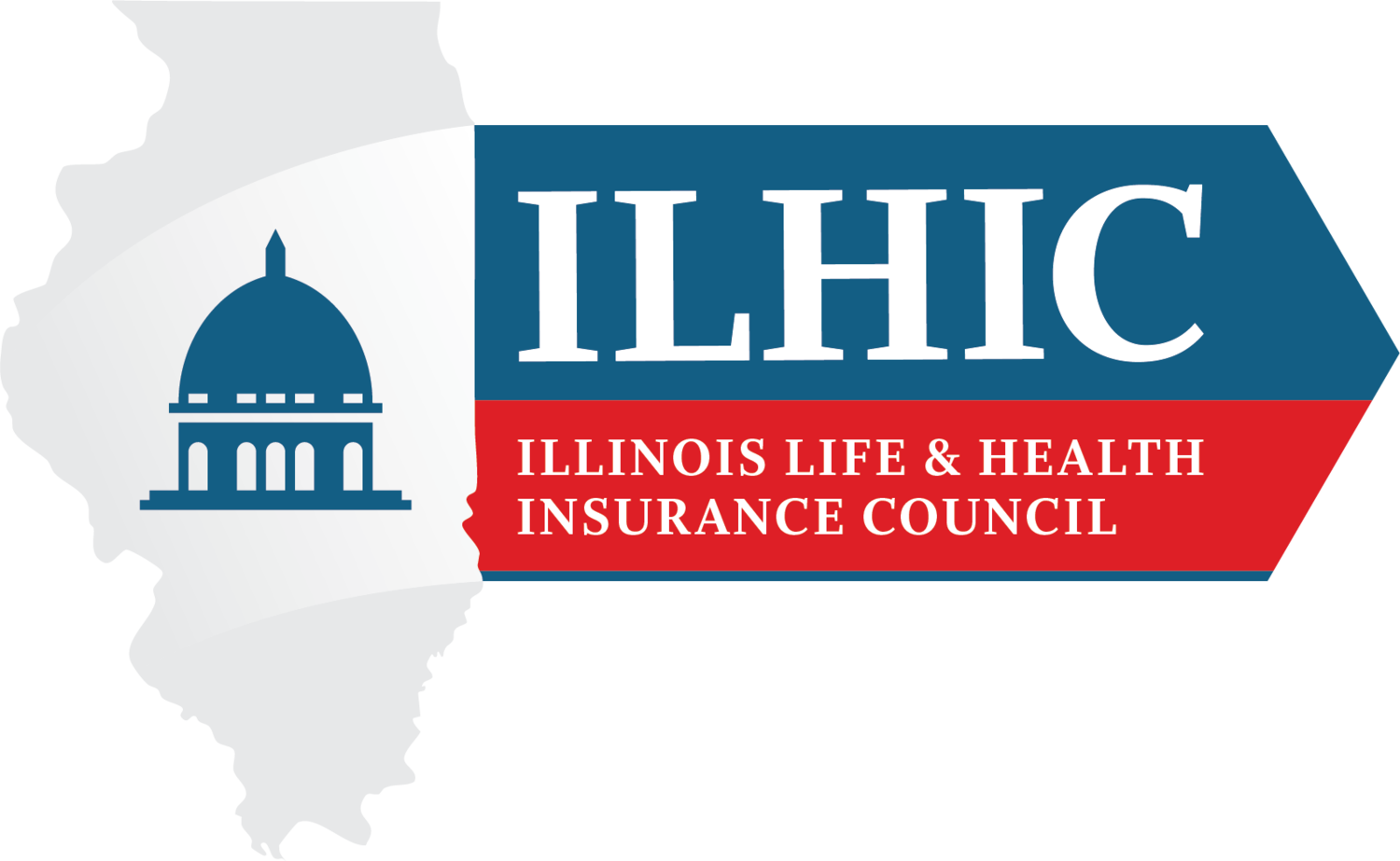Medicaid Buy-in— The toppling Jenga block in healthcare?
Healthcare Infrastructure is much like a Jenga game in mid play. Blocks are missing, and anxiety builds as each player tactfully slides out carefully placed stacked pieces. The goal of this game is to keep the tower standing while pulling as many blocks from the stack as possible. The tower becomes more and more fragile as each piece is pulled, until the tower comes crashing down. Players never know what piece will topple the entire structure. However, players can deduce that blocks making up the foundation towards the bottom are riskier than pulling blocks placed at the top.
Policies that regulate health insurance can also resemble this classic game. These “policy blocks” can be carefully analyzed and calculated by experts in order to see which block of healthcare policy to pull next while still keeping the health of the consumer tower intact. In this healthcare policy Jenga game, the block representing a Medicaid Buy-In policy would most assuredly be placed towards the bottom of the tower. While tantalizing, the result of pulling this piece might just topple the tower, plunging consumers into sharp premium increases, which would create waves of harmful financial consequences for individuals with Marketplace coverage.
A Medicaid Buy-in policy block would resemble a standard Medicaid product. However, individuals unable to enroll in a standard Medicaid product will be eligible for the Medicaid Buy-in. Proponents of this policy stress that this policy option would reduce the number of uninsured due to its marketability towards undocumented individuals and individuals subject to the Affordable Care Act (ACA) family glitch.
While U.S. Citizens and lawfully present immigrants are eligible to enroll in the ACA Marketplace and state health programs, section 1312 (f)(3) of the ACA prohibits undocumented individuals from being eligible for coverage.[1] It is true that a Medicaid Buy-in option will decrease the number of uninsured individuals.[2] It is also true that undocumented individuals enrolling in care would not disrupt the Marketplace, because there would be no shifting of these individuals, due to undocumented persons being ineligible to apply for Marketplace coverage. However, the Medicaid Buy-in program would be open to more subsets of enrollees than simply covering undocumented individuals.
Illinois recently analyzed a Medicaid Buy-in program by modeling three separate tiers, a targeted buy-in, a broad buy-in, and a broad enhanced buy-in.[3] Each model expands to allow larger subsets of individuals to enroll. For example, a targeted buy-in would be available for individuals unable to enroll in Medicaid and Medicare and who are undocumented or subject to the family glitch up to the 400% Federal Poverty Level (FPL).[4] A broad buy-in would include anyone not already eligible for Medicaid or Medicare, while an enhanced broad buy-in would allow all individuals to enroll who could not enroll in Medicaid or Medicare with the addition of capping premium contributions and covering 73% of claim costs.[5]
While these options are all projected to lower the uninsured rate, the Medicaid Buy-in option is not without destabilization of other areas of the health insurance infrastructure. The Illinois Feasibility Study warns readers that this policy option could harm populations while benefiting others, as well as bearing large state financial risk dependent on the model.[6]
The study concluded that under a broad buy-in option, 20%-30% of Marketplace enrollees would shift to the Medicaid Buy-in model, decimating the individual Marketplace by 26%-74%.[7] Many individuals shifting to the Medicaid Buy-in option would be healthier, leaving a sicker risk pool and higher premiums for individuals wishing to stay in the Marketplace.[8] It is clear that pulling this untested Medicaid Buy-in policy block would de-stabilize the same ACA that is praised consistently as expanding access to comprehensive health insurance coverage, made even more affordable for many Illinoisans by way of expanded premium assistance and cost-sharing.[9]
The alluring Medicaid Buy-in policy option is a Jenga block situated near the bottom of the tower, risking the entire infrastructure if pulled. Based on the Feasibility Study’s own conclusions, there would be far more losers than winners. Financial ruin is far from a game for thousands of families, individuals, and businesses that rely on the affordability and accessibility of the ACA.
[1] How Immigrants Can Obtain Health Coverage; How immigrants can obtain health coverage | healthinsurance.org; (July 1, 2021).
[2] Feasibility Report for Coverage Affordability Initiatives in Illinois; 04-02-21-Feasibility-Study-Report-Final.pdf; (April 1, 2021).
[3] Id at 11-12.
[4] Id.
[5] Id.
[6] Id. at 99.
[7] Id. at 110.
[8] Id.
[9] Impact of Key Provisions of the American Rescue Plan Act of 2021 COVID-19 Relief on Marketplace Premiums; Impact of Key Provisions of the American Rescue Plan Act of 2021 COVID-19 Relief on Marketplace Premiums | KFF.org; (March 15, 2021).
